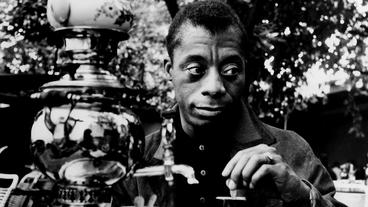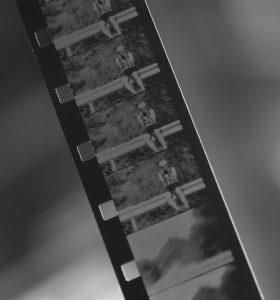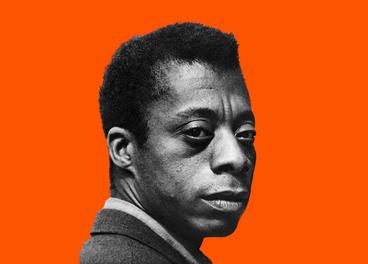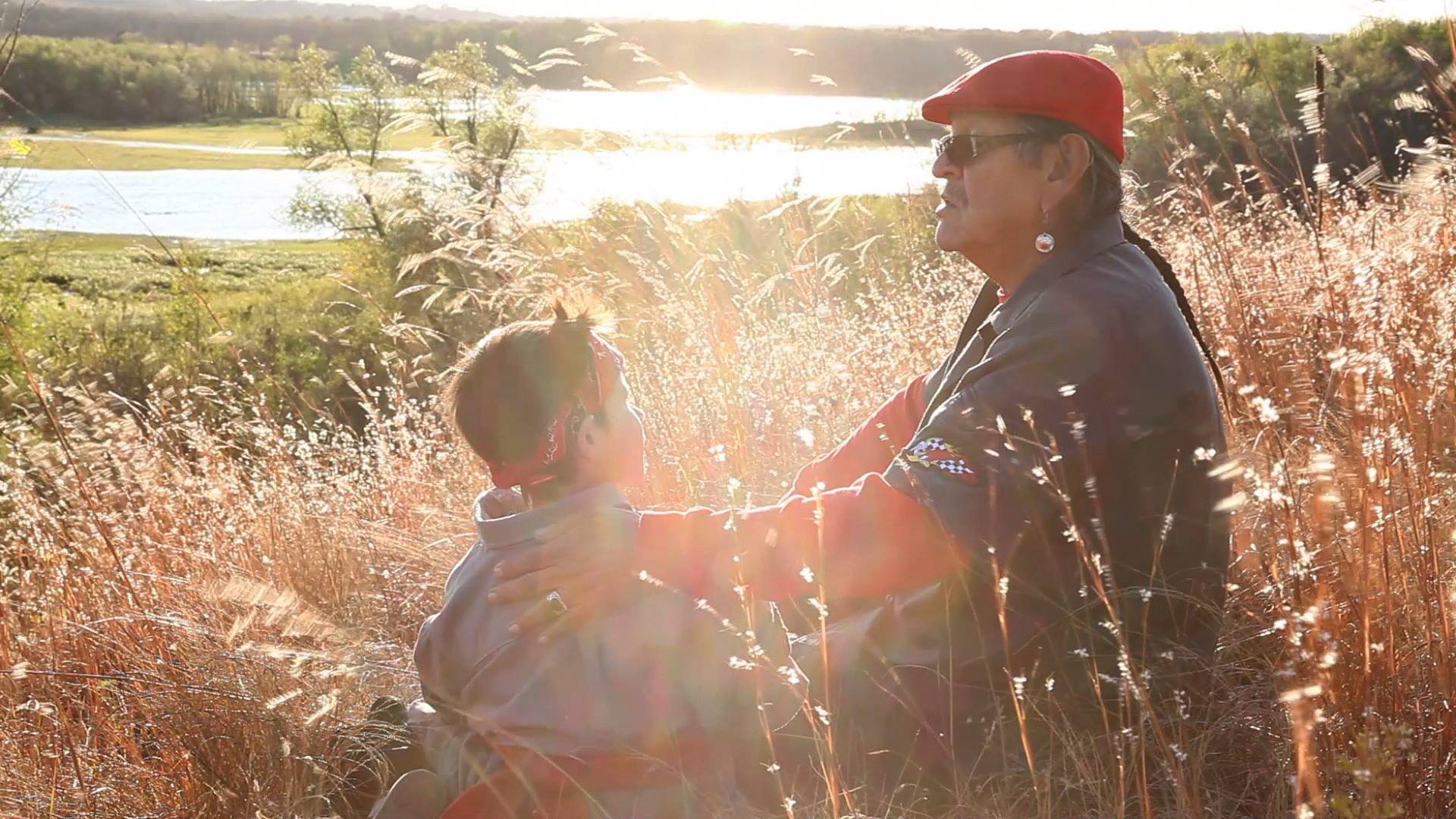
FEATURED ESSAY
Sitting in the Shepherd room on a small chair while clutching my book, I waited for Reel Injun to get started. The film (screened at WAM by WAM Collective and Missy Whiteman) focused on the struggles that Native American people face when they are labeled a “savage.” The directors essentially highlighted a few notable movies in the “Western” genre, and broke them down, explaining how each film built up a wall, or maybe enlightened some audiences with a unique perspective.
Typical Western film scenes splashed across the screen - cowboys shooting down Indians, who hollered savagely as they fell off their horses and slammed into the pavement. The cowboys prevailed and rode off into the sunset.
The cowboys were always the victors in these movies, but why? Who was the target demographic/audience for these Western films with dashing cowboys and savage “injuns”? Probably white people.
Growing up as a minority, especially with a culture known for kamikaze pilots, samurais, and ninjas, I really connected with the hardships endured by Native Americans due to their assigned stereotype, “savages.”
Many of the Western movies seemed to overlap for me. All of the main characters were either dashing caucasian cowboys, or dashing caucasian actors portraying Native American heroes with red paint spread across their skin (such as Burt Lancaster’s rendition of Massai in Apache). The most noticeable injustice inflicted by these movies was indeed the lack of Native American actors.
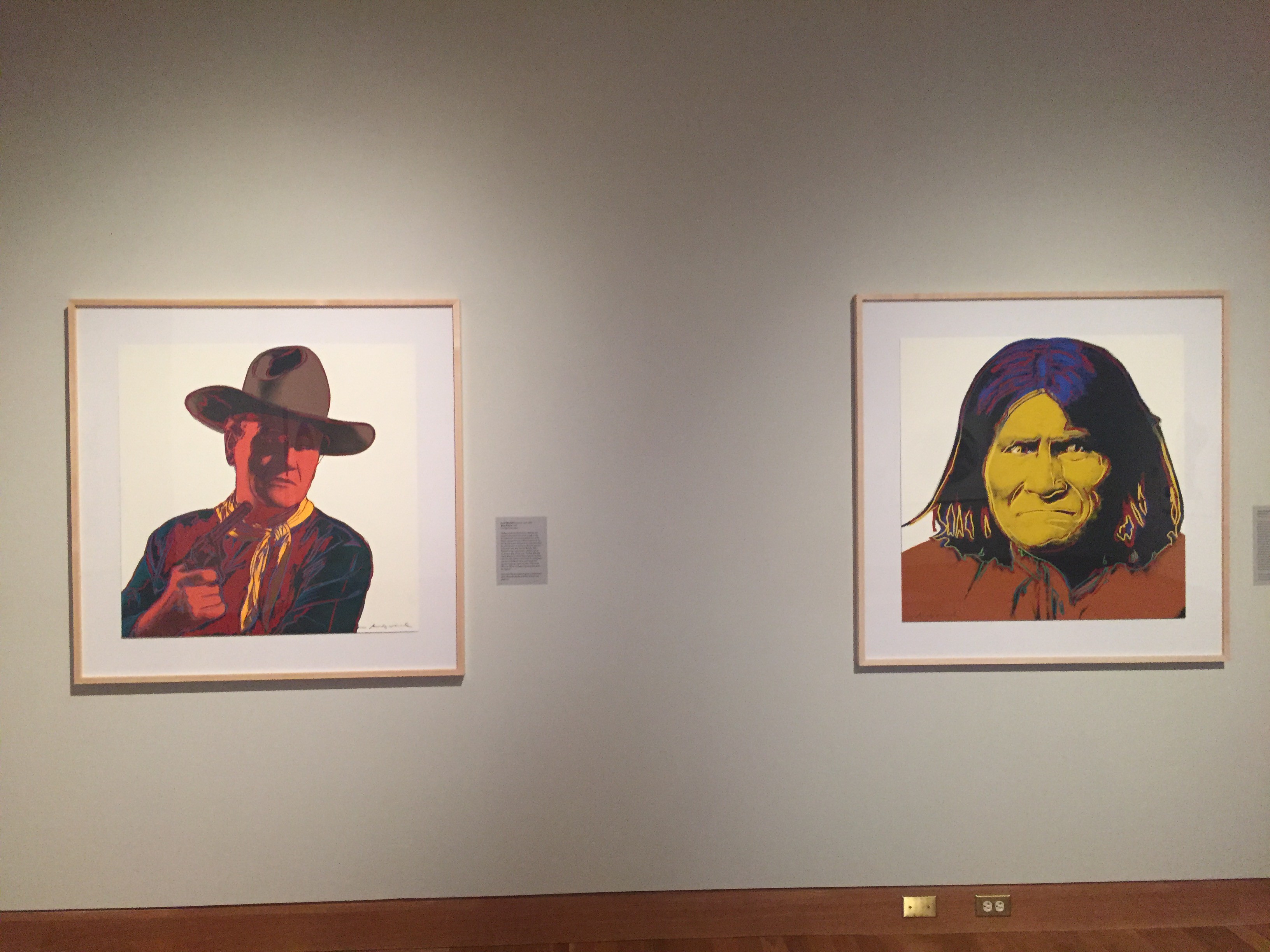
Most of the Native Americans in the films were simply white actors sprayed “Injun Red” with paint. Some were blatantly obvious, and the audience at WAM Collective’s film screening chuckled nervously. Notable films with white main protagonists include Burt Lancaster portraying “Massai” in Apache. I understand that it may seem like there was a lack of Native American actors, but that was probably because opportunities were not often presented to minority groups.
Before viewing the film “Reel Injun,” I honestly didn’t know about any films starring Native Americans. I was so lucky I took a notebook into the film viewing with me, as I found myself scrawling in it often, trying to catch film titles before each scene ended so that I could research them later. How had I not heard of these films? And who are all of these directors?
The film ended, and I felt a little overwhelmed. I had heard from others how “awe-inspiring” or “life-changing” the film was, and I had gone into it a little skeptical. As a minority, and a “half-breed” as well, I understood the frustration of being under-represented and also misrepresented by media. So I figured I would enjoy the film a little, maybe feel a little heated up, etc. But when the credits rolled past, and the lights in the room slowly lit up again, I didn’t know how to feel: My previous feelings were all washed away.
I’ve never watched a film that had summed up my feelings so well. Growing up half-Japanese, I had grown up watching Mickey Rooney impersonate a Japanese man in Breakfast at Tiffany’s, with a Chinese woman playing a Japanese Geisha. It may seem like a small minute detail, but as part of that minority, it hurt. It hurt to see my culture simply pushed into a ball with another race.
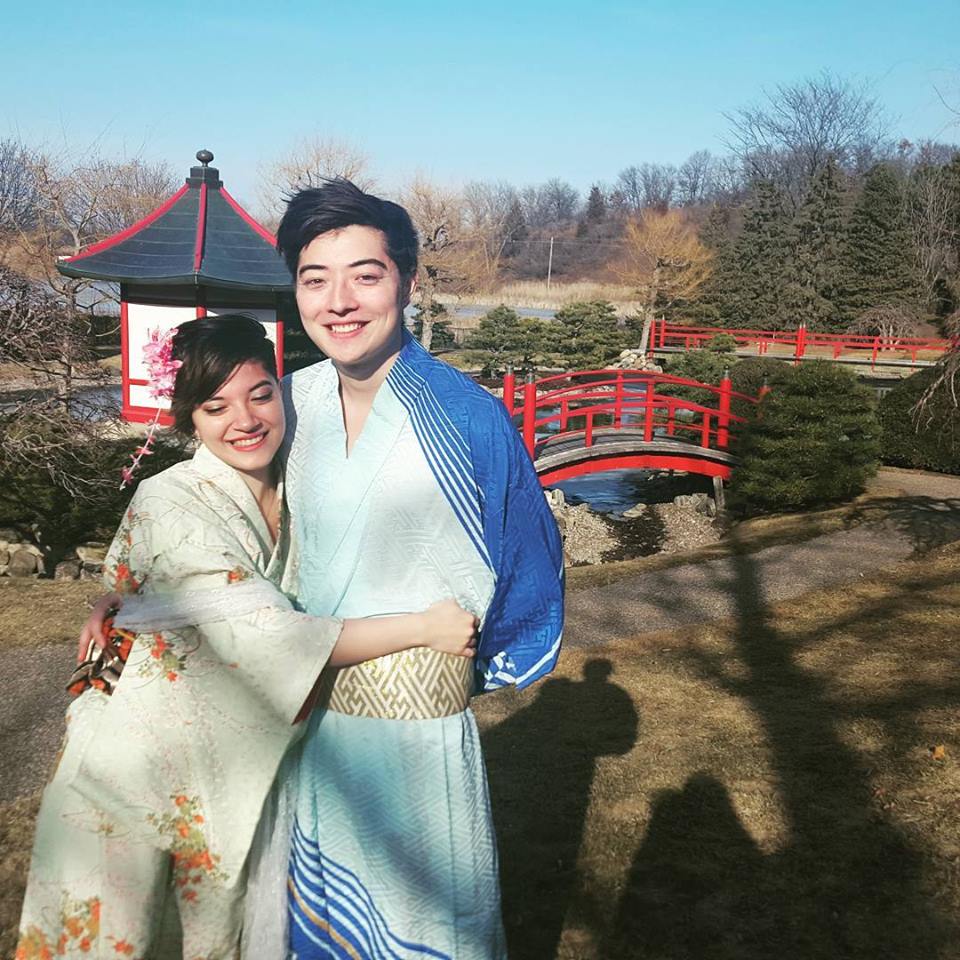
There shouldn’t be a “close enough” with race — and that was addressed by Reel Injun. It felt like my voice was heard, and I had found a friend in the film.
I was a little overwhelmed, and just simply happy that WAM collective took part in helping show this film to more people. It’s important for this message to be spread to many people, to open their eyes. Unfortunately, it’ll be a while until the message is completely shared. Even though people are aware of some issues, they cannot suddenly understand the plight of the Native American people. Hopefully Hollywood will stop slathering red and brown paint all over white actors and teenagers will leave their feather headdresses far away from music festivals.
One small step is still a step in the right direction.
